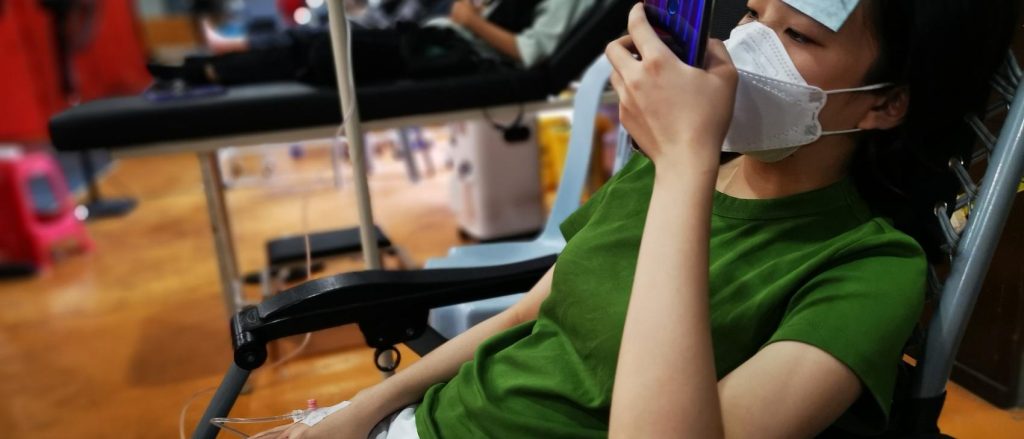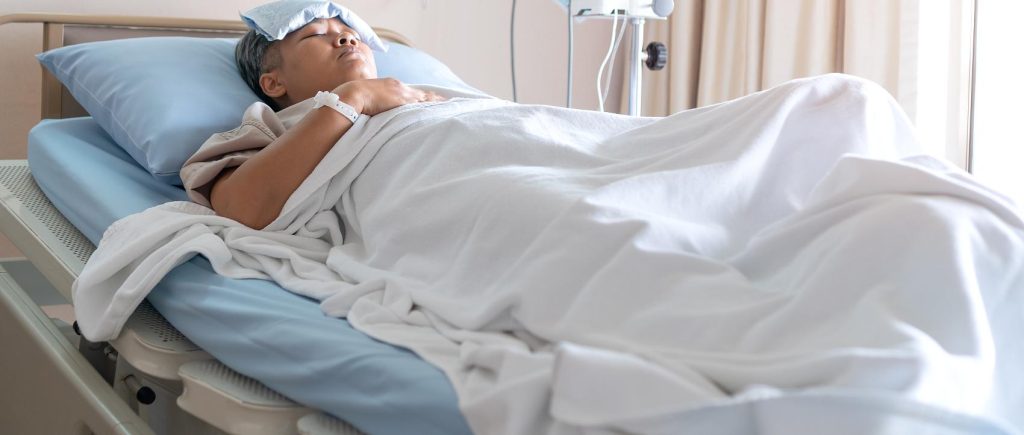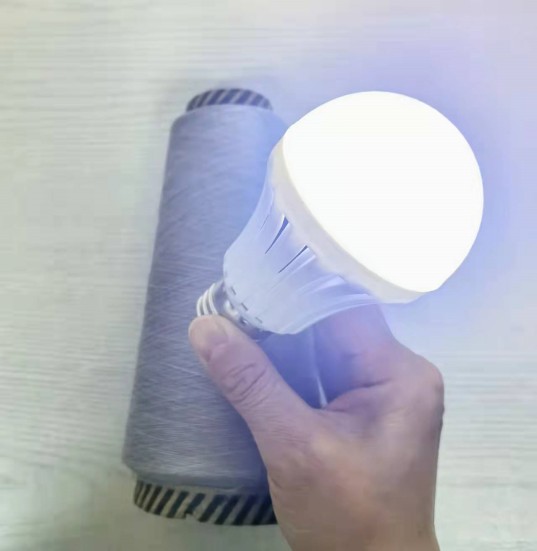Medical professionals and patients alike face a common challenge in healthcare settings – maintaining optimal body temperature. Traditional medical textiles often fail to provide consistent temperature regulation, leading to patient discomfort and potential complications during recovery. Phase Change Materials (PCM) in medical textiles offer an innovative solution to this persistent problem.

Understanding PCM Technology in Medical Textiles
Temperature regulating fabric powered by PCM technology works through a sophisticated yet elegant process. PCM microcapsules are embedded directly into the fiber structure, creating a smart temperature fabric that responds to body temperature changes. When body temperature rises above 37°C, these microscopic capsules absorb excess heat, transforming from solid to liquid state. As the body cools, the process reverses – the material solidifies, releasing stored heat to maintain comfort.
The Science Behind Temperature Control Fabric
The automatic adjust temperature fabric system operates within a specific temperature range, typically 28-35°C, creating a microclimate that’s ideal for medical applications. Unlike conventional materials, phase change material fabric doesn’t just insulate – it actively manages heat through phase transitions, providing:
- Dynamic Temperature Management PCM textiles absorb excess body heat during fever spikes and release it when body temperature drops, maintaining therapeutic temperature levels.
- Moisture Control The temperature changing fabric system works in harmony with the body’s natural cooling mechanisms, reducing excess sweating and maintaining skin dryness.
- Consistent Therapeutic Environment Smart temperature fabric creates a stable microclimate that supports healing and recovery processes.
Medical Applications and Benefits
The integration of PCM technology in medical textiles has opened new possibilities in patient care:
Hospital Bedding and Patient Wear
Temperature regulating fabric in hospital bedding and gowns helps maintain patient comfort during extended periods of bed rest. This is particularly beneficial for:

- Post-operative recovery
- Long-term care facilities
- Intensive care units
- Burn units
Therapeutic Garments
Smart temperature fabric is increasingly used in compression garments and rehabilitation wear, where temperature control is crucial for:
- Physical therapy sessions
- Post-surgery recovery
- Chronic pain management
- Sports injury rehabilitation
Skinkey™ PCM Technology: A Case Study in Innovation
Smartex’s Skinkey™ PCM fiber technology represents the cutting edge in temperature control fabric development. This advanced material demonstrates how modern PCM technology can be effectively implemented in medical textiles:
Key Features:
- Permanent PCM integration through fiber-level incorporation
- Sustained performance through multiple washing cycles
- Effective temperature regulation between 28-35°C
- Enhanced patient comfort through dynamic heat management
Clinical Benefits and Patient Outcomes
The implementation of PCM technology in medical textiles has shown significant improvements in patient care:

- Enhanced Recovery Environment The consistent temperature regulation provided by PCM textiles helps create optimal conditions for healing.
- Reduced Complications Better temperature management helps minimize risk factors associated with temperature fluctuations during recovery.
- Improved Patient Comfort Automatic temperature adjustment reduces the need for manual temperature control interventions.
Future Developments and Potential
The medical textile industry continues to evolve with PCM technology at its forefront. Current research focuses on:
- Integration with smart monitoring systems
- Development of antimicrobial PCM materials
- Enhanced durability and performance
- Expanded temperature regulation ranges
Environmental and Economic Impact
PCM medical textiles offer sustainability benefits through:
- Reduced energy consumption for temperature control
- Longer product lifespan
- Lower replacement frequency
- Decreased environmental impact
Conclusion
Phase Change Materials represent a significant advancement in medical textile technology. Their ability to provide automatic temperature regulation makes them invaluable in healthcare settings. As technology continues to advance, we can expect to see even more innovative applications of PCM in medical textiles, further improving patient care and comfort.
For healthcare facilities looking to enhance patient care through advanced textile solutions, PCM technology offers a proven, effective option. The investment in these smart materials not only improves patient outcomes but also contributes to more efficient healthcare delivery.




